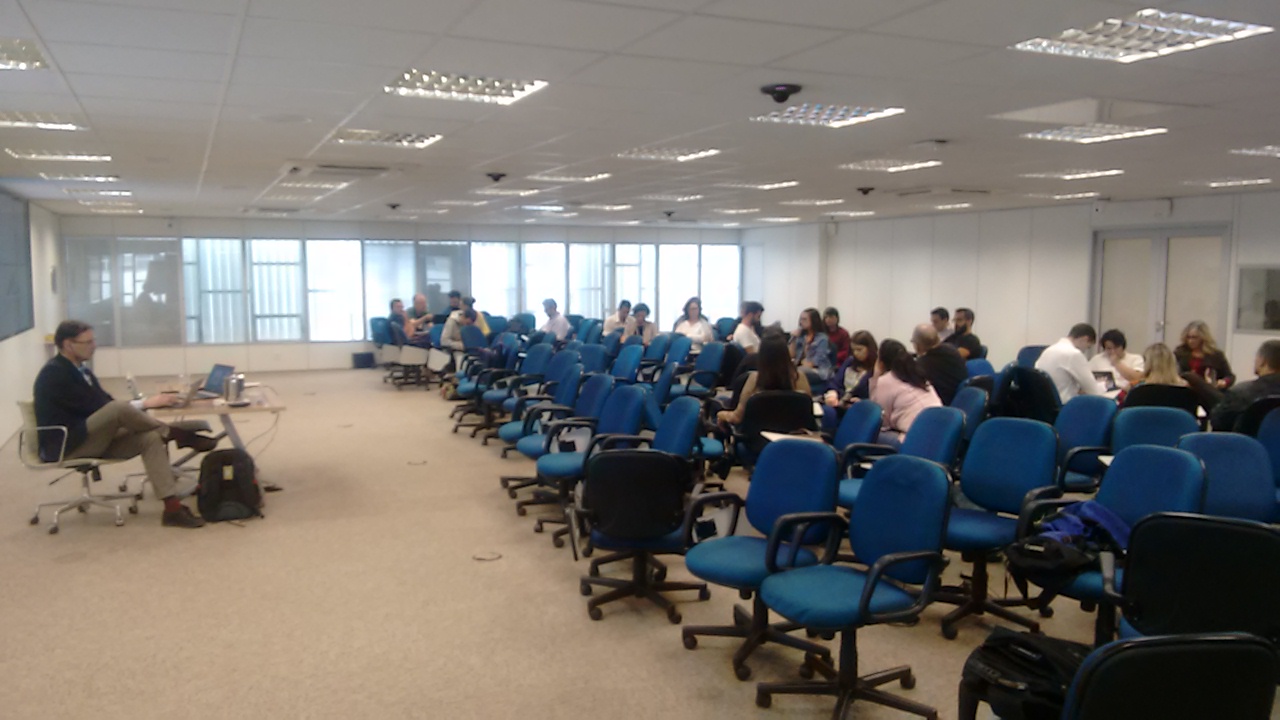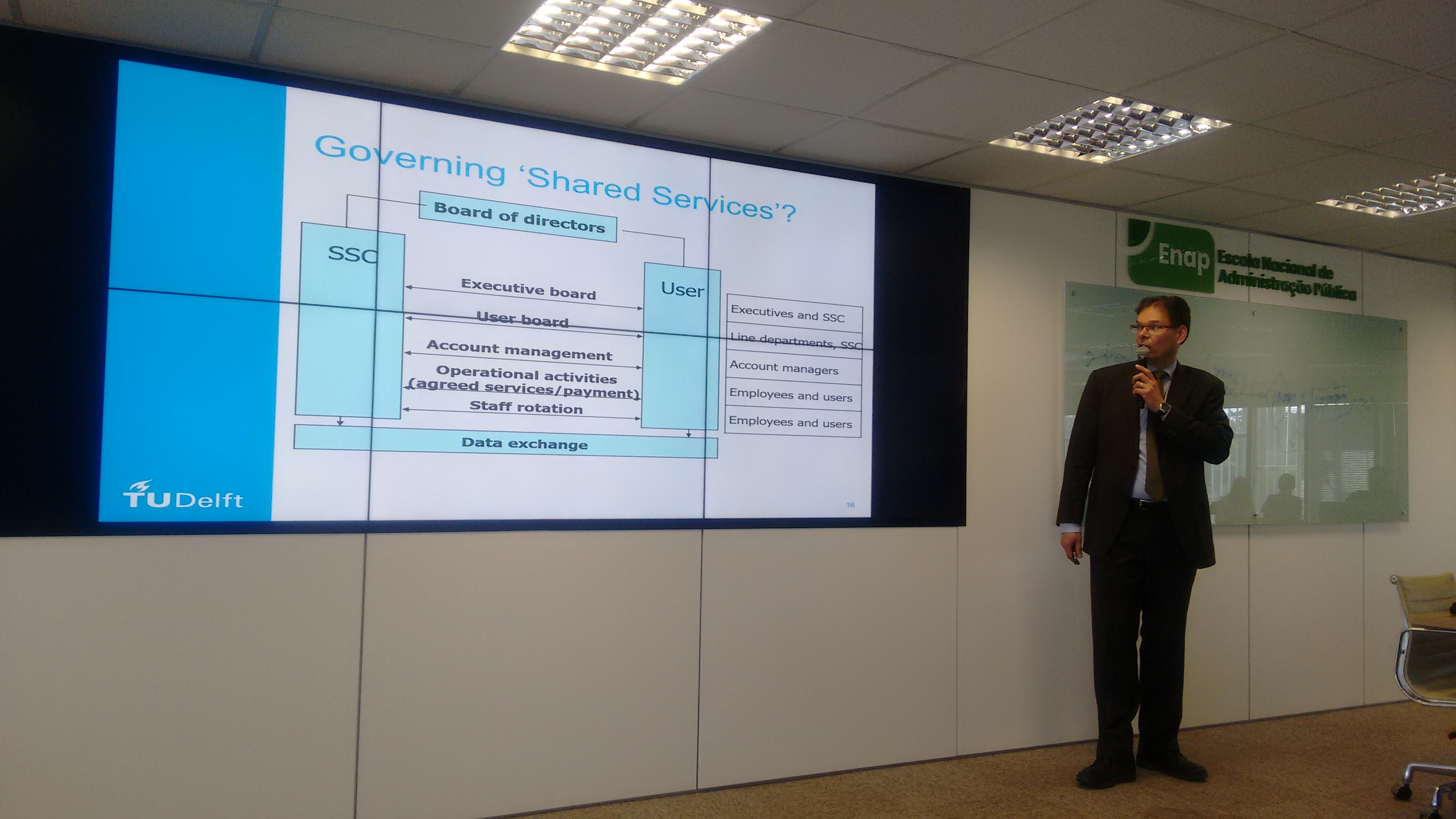Notes on the course: new advances in digital and open government
This week, once again, we were participating in the course New Advances in Open and Digital Government. The course is lectured by Prof. Dr. Marijn Janssen of Delft Technical University in the Netherlands, and is promoted in Brasília by the Secretariat for Digital Government – SGD – and the National School of Public Administration – Enap. This is the second time such a course was offered, after having debuted in 2018. Most of the participants are public officials from many different organizations in the Brazilian federal government.
In this series of posts I will share my main observations and comments on the contents of the course. Note these are my own views and observations and they do not represent in any way the positions and opinions of Prof. Janssen, TU Delft, SGD or Enap. When listening to the lectures and doing the course assignments, a lot of thoughts, parallels and comparisons run through my mind. Registering these thoughts is a way to avoid that those thoughts would slip away and to encourage further discussions. It is also an opportunity to write about some related issues and show examples that a lot of people might not have heard before.

The first day of the course began with a review of what constitutes the concept of open government, highlighting five pillars: openness, transparency, accountability, participation and trust. Open government goes both ways. It allows for society to oversee governments’ operation, effectively fighting misuse of public assets and improving its operations. On the other hand, it allows governments to also leverage the collective intelligence present in society to foster innovation within governments, through collaborative practices.
Then we explored how we could leverage platforms to achieve a more open government. But what are platforms? According to Hagiu & Yoffie (2009), “products, services or technologies that connect different types of customers to each other”. Using platforms, it is possible to use citizen participation to explore the collective intelligence to solve common problems. An example of such a participation is an offer to find direct volunteer service to help others in need, and people create applications using open data and services that will be used by others.
The second day began with a discussion on shared services centers. Which services can be shared in an organization? How can we improve operations and avoid redundant work? Creating shared services often requires a modular approach to the components of government and enables reuse of these components. This can save money, but also additional administrative overhead is needed to deal with that. Large organizations can do it internally, but it might not be appropriate for very small organizations, as the overhead might undo the potential efficiency gains. The way to proceed is collaborating with other organizations. Shared services can also be seen as an attempt to balance the advantages and disadvantages of centralization versus decentralization of services structure. For example, a centralized approach would be to have a single IT department that handles all of the IT in the organization. On the other hand, a decentralized structure would have small IT teams scattered all over the business units. The first is often inflexible and slow to change, but highly efficient. The second is close to the user and can react faster to changing needs, but will inevitably waste resources on redundant work.
Is it possible to balance the exploitation of existing capabilities when exploring new opportunities? Organizations need ambidexterity to handle that double challenge. Prof. Janssen presented some strategies to accomplish this.

That brings us to think about the subject of the third day, enterprise architecture (EA). How do you structure your organization to face the challenges of digital transformation, and how to innovate? Thinking about enterprise-wide architecture also lets us reuse components of functional units in similar contexts, e.g. different municipalities that have characteristics and problems in common when serving citizens. EA should ensure a shared direction and facilitating the means for this. Principles for directing are essential.
In the next post, we will explore how data can be used to achieve an open government and do social good. Also, we shall take a look on the content on the second half of the course. See you soon!
